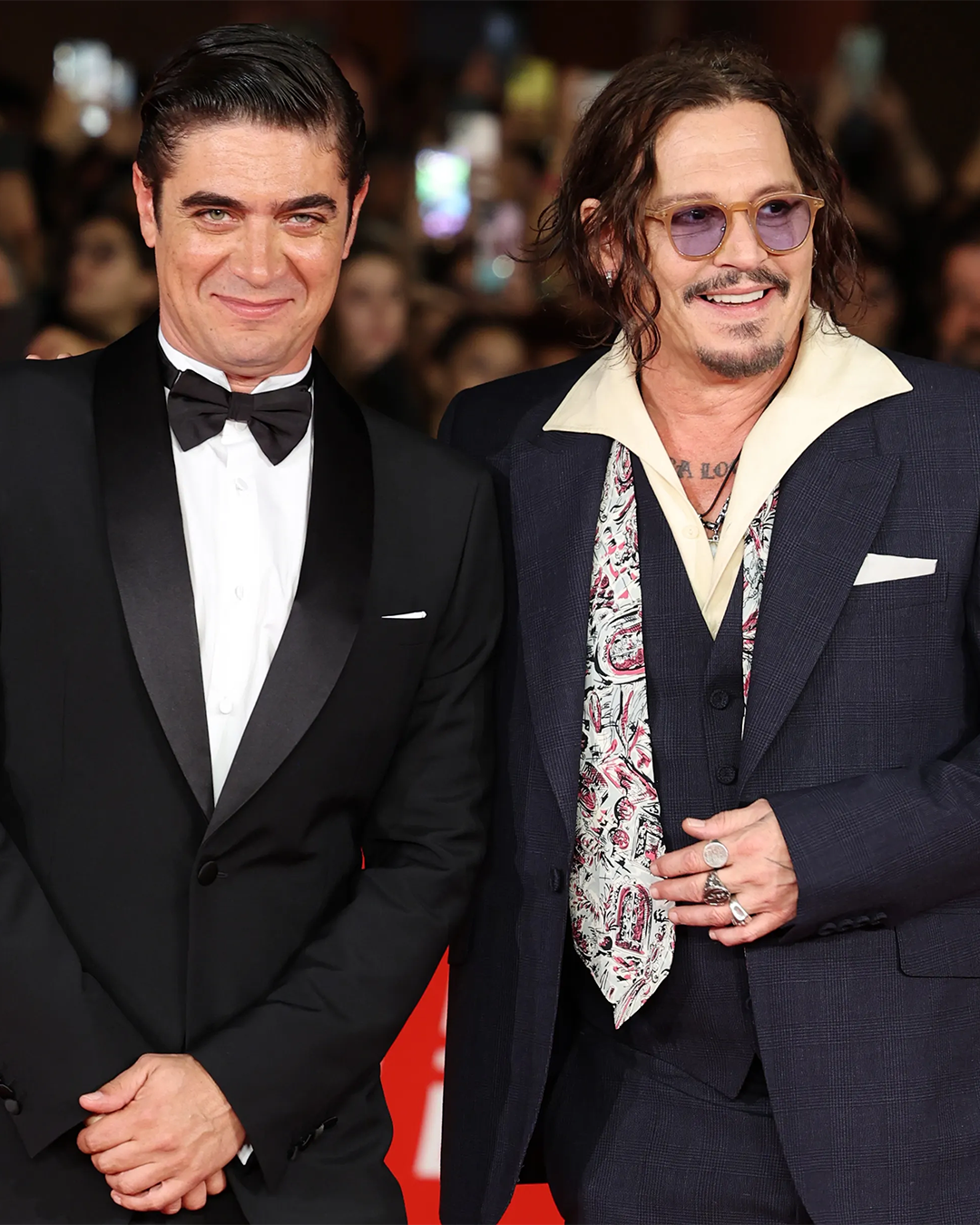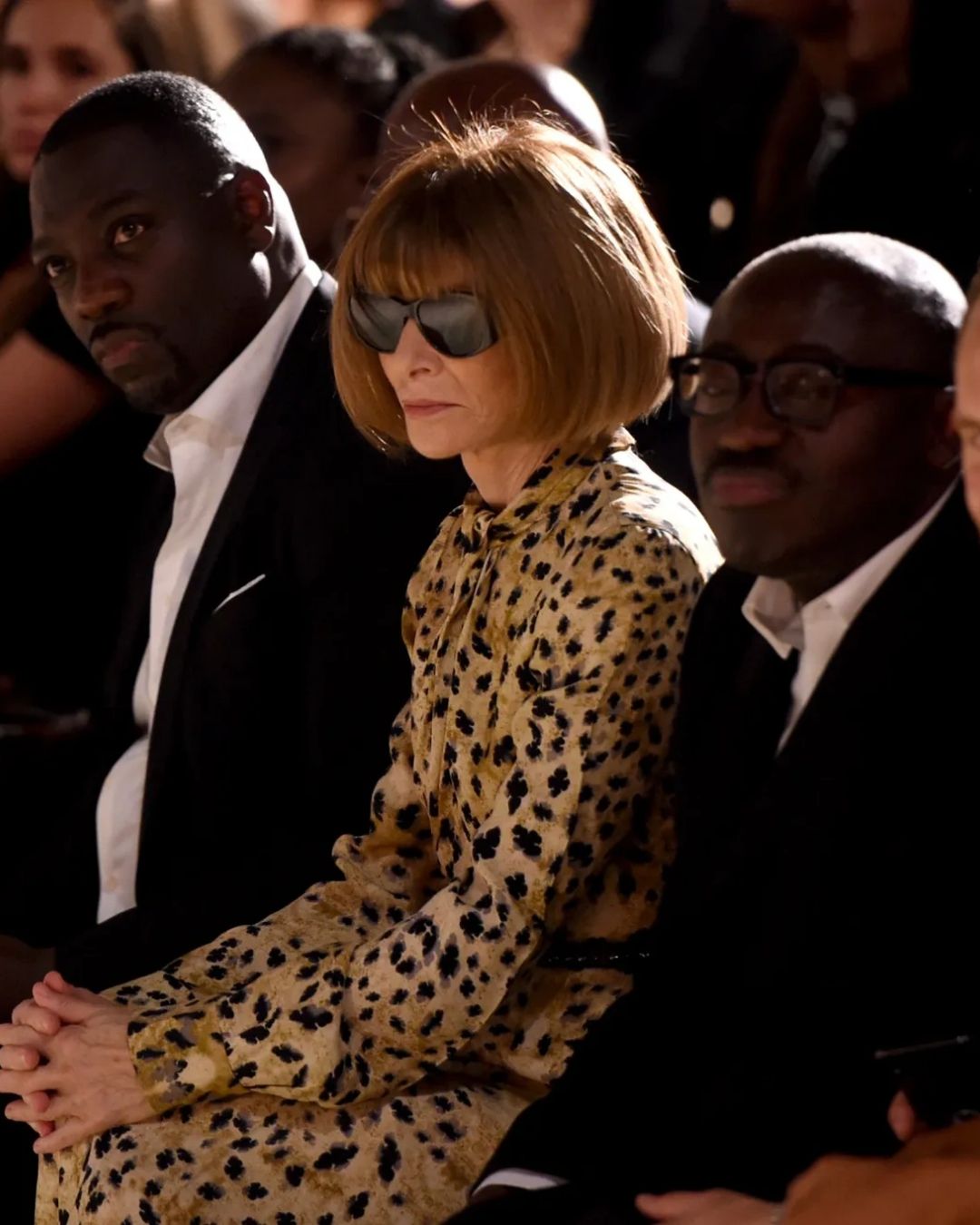
Does it still make sense to rate the looks of celebrities? Publishing practices taken over by Gen Z
During the most famous events related to the entertainment world (read Met Gala, Grammy Awards or Venice Film Festival), the homepages of newspapers and magazines are filled with galleries in which more often than not the looks exhibited by celebrities and various guests are analyzed. Immortalized and "brutally" thrown into the pit of report cards in the next day's print media or the more immediate ones on the site's home page, the stars find themselves branded by the judgment of an editor or journalist who is quivering with the desire to structure his or her critique in the form of a grade that will be particularly difficult to escape - the price of being famous?
Staying in Italy, this seems to be particularly prevalent in some magazines related to celebrity culture and its various meanings or declinations. As a result of the Rome Film Festival, for example, newspapers such as Corriere, Oggi and Vanity Fair Italia publish a section devoted to reviewing the looks of celebrities, approaching this discourse as a double obstacle course: the successful of the promoted, and the flawed of the unsuccessful. All, of course, accompanied by the final seal: the grade. If, however, this kind of analysis of costume seemed to remain unnoticed during the 1990s - beauty contests such as Miss Italia, parades of Victoria Secret angels or tests on celebrity types in newspapers such as Cioè were all the rage - the issue around the topic of beauty and its infinite declinations has undergone a kind of reshaping at the level of conversation, establishing media assets only partly overlapping with the culture of political correctness. The idea of sealing a celebrity's look with a vote, in fact, has not only tickled the fancies of a generation such as the Boomers or Gen X but, on the contrary, has ended up finding consensus among Millennials and Gen Z, who, at events such as the Sanremo Festival, have not shied away from expressing their judgment on the looks exhibited on stage or on a photocall.
We must realize that this type of editorial practice, as with any television program of customs and society, is directly related to a form of entertainment that exists solely to appear light. That there is then no purpose in having an impact on a celebrity's image or perception has become especially tangible at a time when publishing and television have lost their exclusive primacy at the level of engagement and interactions. What is surprising, perhaps, is the fact that this kind of approach has not disappeared from the circulation of the fashion industry (and non-fashion) when fashion became the spokesperson for movements that did not reduce issues to how-to style guides or treat its topics with the usual flirtatious tone. In terms of "voting the looks of celebrities," a column that has been picked up by Millennials and Gen Z on social media, such as Instagram or TikTok, appears to have not been affected much by time. While The Cut had recently compiled a poll asking 850 people of various genders, ethnicities and ages to identify personalities most likely to have good taste - Audrey Hepburn garnered 25 percent of the consensus - and the concept of dress code still proves vital, the real question might be: who decides today whether a look works or not?















































